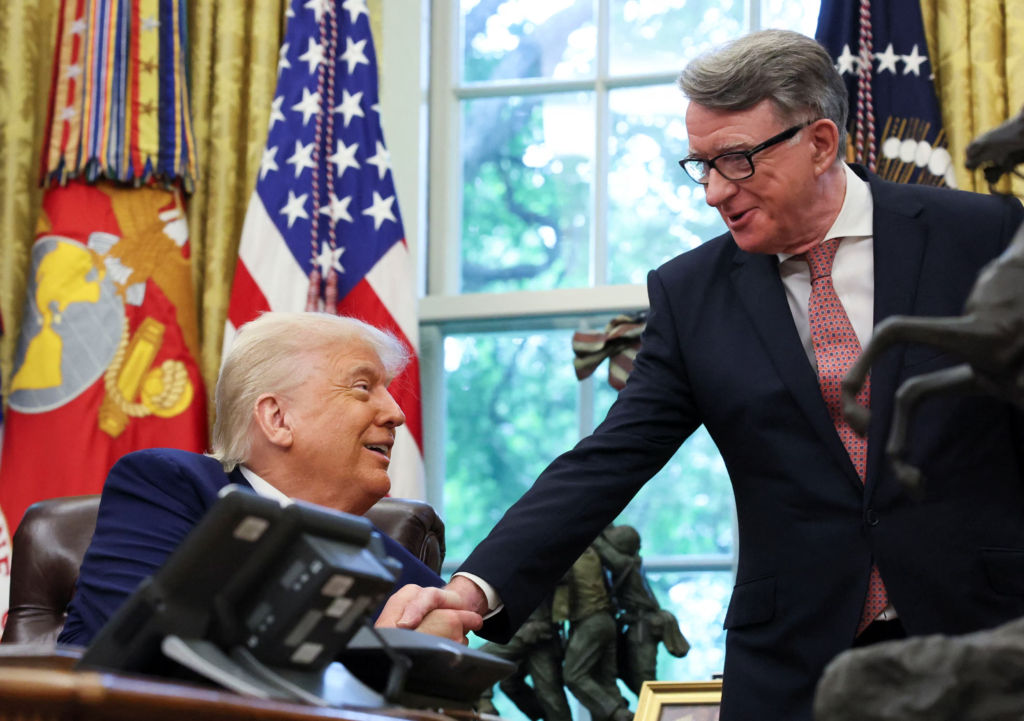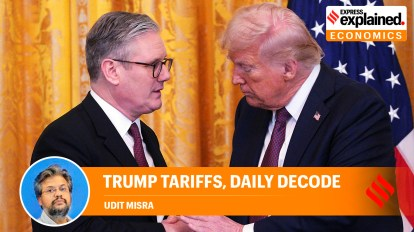Introduction
The UK-US tariff deal marks a significant milestone in transatlantic trade relations post-Brexit. After years of tension over tariffs on steel, aluminum, and other key goods, the new agreement between the UK and US is designed to ease economic friction and open up new opportunities for exporters. This blog unpacks the top 7 facts about the deal and what it means for businesses and consumers alike.



1. Tariffs on UK Steel and Aluminum Lifted
One of the most headline-making outcomes of the deal is the removal of Trump-era US tariffs on UK steel and aluminum. In return, the UK has agreed to lift retaliatory tariffs on American products like whiskey and motorcycles. This restoration of trade balance is a relief for industries hit hard by these duties.
2. New Quota System Introduced
While tariffs are removed, a tariff-rate quota (TRQ) system is in place, limiting the amount of steel and aluminum that can be imported tariff-free. UK exporters will need to be strategic in how they allocate their exports under these new quotas.
3. Strengthening Post-Brexit Trade Identity
The UK is using this deal to reinforce its independent trade policy post-Brexit. By negotiating directly with the US outside the EU framework, the UK showcases its ability to strike sovereign economic deals that favor domestic industries.
4. Energy and Tech Cooperation Expanded
Beyond tariffs, the deal includes plans to deepen cooperation on energy transition and technology regulation. This reflects a broader strategic alignment between the two nations on clean energy and digital economy priorities.
5. Benefits for Small and Medium Businesses
The agreement aims to simplify trade processes and reduce barriers for SMEs (Small and Medium Enterprises), making it easier for them to export goods and services across the Atlantic. This could significantly boost the participation of smaller players in international trade.
6. Signals Future Trade Agreement Intentions
Though not a full free trade agreement (FTA), the tariff deal is a stepping stone toward more comprehensive negotiations. Both governments have hinted at their willingness to explore deeper economic integration in the coming years.
7. Political and Diplomatic Implications
The agreement is also symbolic, strengthening the UK-US special relationship at a time of global economic uncertainty. It helps align both countries in opposition to aggressive trade practices from rivals like China and reinforces Western economic unity.
Conclusion
The UK-US tariff deal is more than a trade tweak—it’s a recalibration of how two of the world’s largest economies engage with one another in a post-Brexit, post-pandemic world. With steel and aluminum at the center, but implications reaching into tech, energy, and diplomacy, this deal sets the stage for a stronger transatlantic partnership. For exporters, policymakers, and everyday consumers, it’s worth keeping a close eye on how these developments evolve.
Want more insight into global trade shifts? Read our blog on Post-Brexit UK Trade Strategy.








